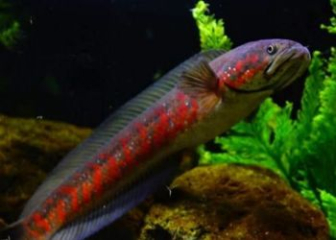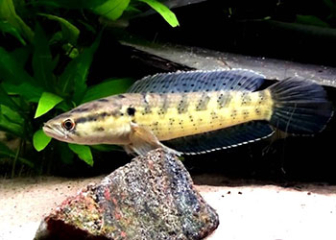Channa lucius - Characteristics, value and how to raise it
Blog | by
Channa lucius, a type of snakehead fish with an impressive appearance, can be used as an ornamental fish or a delicious dish, has a gentle temperament, is adaptable, and easy to raise.
Channa lucius or also known as thick leaf fish, thick snakehead fish (scientific name Channa lucius), this is a species of fish belonging to the snakehead family (snakehead fish) that is both highly valuable in the culinary industry and popular in the ornamental fish industry. They have an impressive appearance, interesting habits and good adaptability and survival ability.
In today's article, let's learn in detail about the origin, characteristics and how to raise snakehead fish to gain a lot of experience and be ready to try this unique type of ornamental fish!
Thick fish information :
| Scientific name | Channa Lucius |
| Common name | Thick fish, flower snakehead fish, thick snakehead fish, flower snakehead fish, tiger snakehead fish |
| Set | Anabantiformes - Climbing perch |
| Surname | Channidae |
| Spend | Channa - Snakehead fish |
| Source | Southeast Asia and part of South Asia |
| Size | 30 - 40 cm |
| Lifespan | 4 - 5 years |
Origin and distribution of thick fish
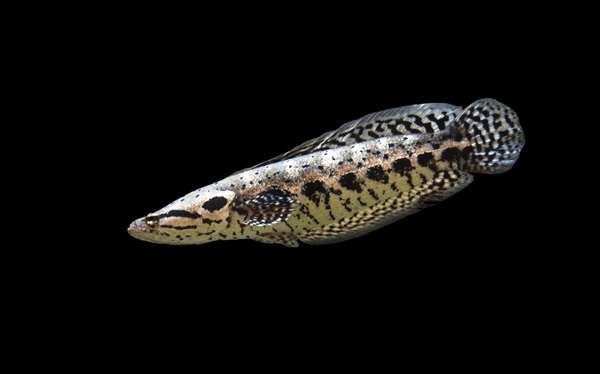
Thick fish or thick snakehead fish.
Thick fish, also known as thick fish, thick snakehead fish, scientific name is Channa lucius, they are naturally originated from freshwater ecosystems in Southeast Asia and part of South Asia. Specifically as follows:
- Southeast Asia : Vietnam, Thailand, Cambodia, Laos, Malaysia, Indonesia, Myanmar,...
- South Asia : Part of Bangladesh.
In the wild, they mainly live in slow-flowing rivers, streams, ponds, swamps or flooded forests. In addition, they can also live well in slightly brackish or fresh water areas. where there is a lot of underwater vegetation, submerged tree roots to facilitate their hiding and hunting.
Thick fish appearance
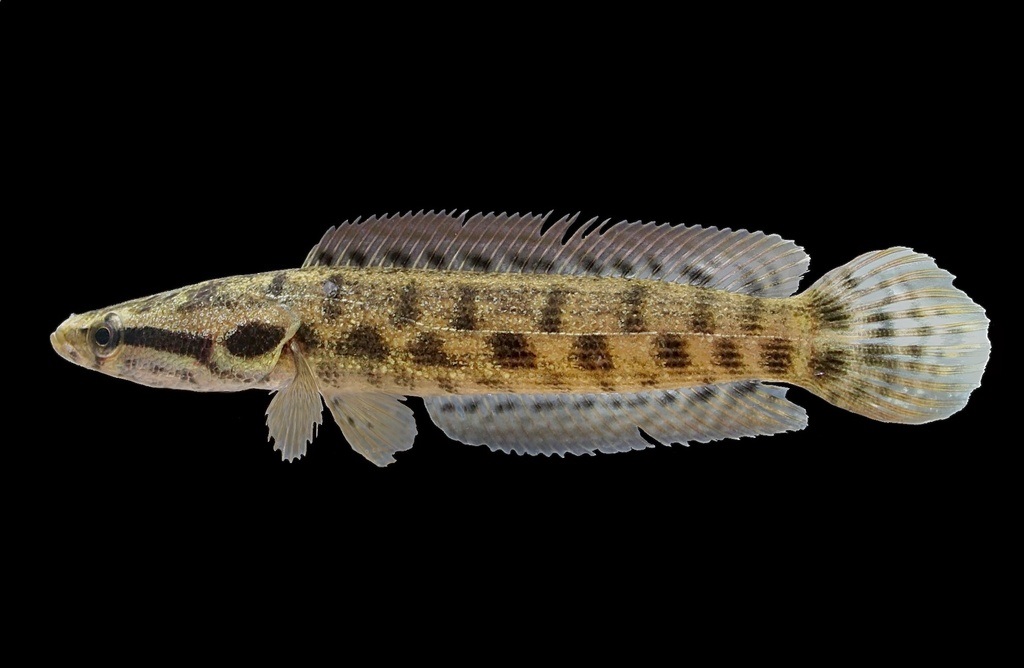
Appearance of a thick snakehead fish.
Right below are details about the appearance of the snakehead fish, let's see if they are different from other fish in the snakehead family!
- Body : Long, slender, flat and tapered towards the tail, looking like a torpedo.
- Size : Adult fish can be 30 - 40 cm long.
- Head : Slightly flat, broad and rounded.
- Mouth : Wide, lower jaw protruding, with many small sharp teeth.
- Color : The fish has a light green or olive gray, yellowish brown background color. On the body there are many black spots of different sizes, creating a beautiful "flower" shape. The large spots are usually located along the lateral line from behind the gills to the end of the tail.
- Belly : The belly of the fish is opaque white or creamy yellow.
- Dorsal fin : Extends from mid-back to near tail, has many soft rays.
- Anal fin : Parallel to dorsal fin.
- Caudal fin: Round, slightly concave.
- Pectoral fins : Large, with light dark stripes.
- Eyes : Round, large in proportion to head, usually light brown or orange-red.
- Scales : Round, large, evenly arranged, clear side lines.
Thick fish behavior
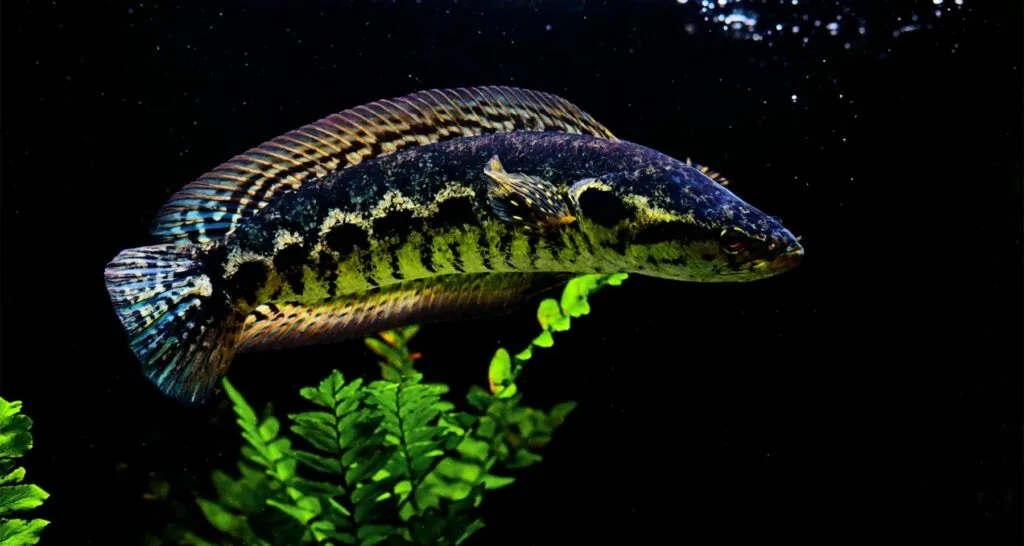
The giant fish lives alone.
Unlike many fish in the snakehead family, the snakehead fish has a gentler, more timid temperament, but they have a top hunting ability. Let's learn more about the habits of this fish species below!
Lives alone or in pairs
Like many other fish in the snakehead family, the giant catfish prefers to live alone or in pairs during the breeding season, and rarely gathers in schools.
Each adult fish will control its own small territory and protect it from anyone else.
Likes to live in dense, sheltered areas
In the wild, this fish likes to hide under aquatic plants, submerged roots or in water grass, where the light is low. Therefore, in captivity, you also need to create many hiding places so that the fish always feel safe.
Activities over time
Thick fish are mainly active in the early morning and late afternoon, while at noon or at night, the fish will be less active and even just rest in shelters.
Ultimate hunting tactics
The giant catfish has a very good hunting strategy, they will swim slowly and quietly to approach their prey, then rush forward to catch it. They can sprint at super fast speed thanks to the strong thrust of their tail.
In addition, this fish is very sensitive, they can detect water fluctuations caused by prey or enemies thanks to their sharp eyesight and lateral body lines.
Hide instead of confront
Unlike many aggressive fish in the snakehead family, when faced with danger, the giant catfish will often seek shelter to hide instead of confronting it head on. Normally they are quite shy, but during the breeding stage, both male and female fish become very aggressive.
Guide to raising giant freshwater fish from A to Z
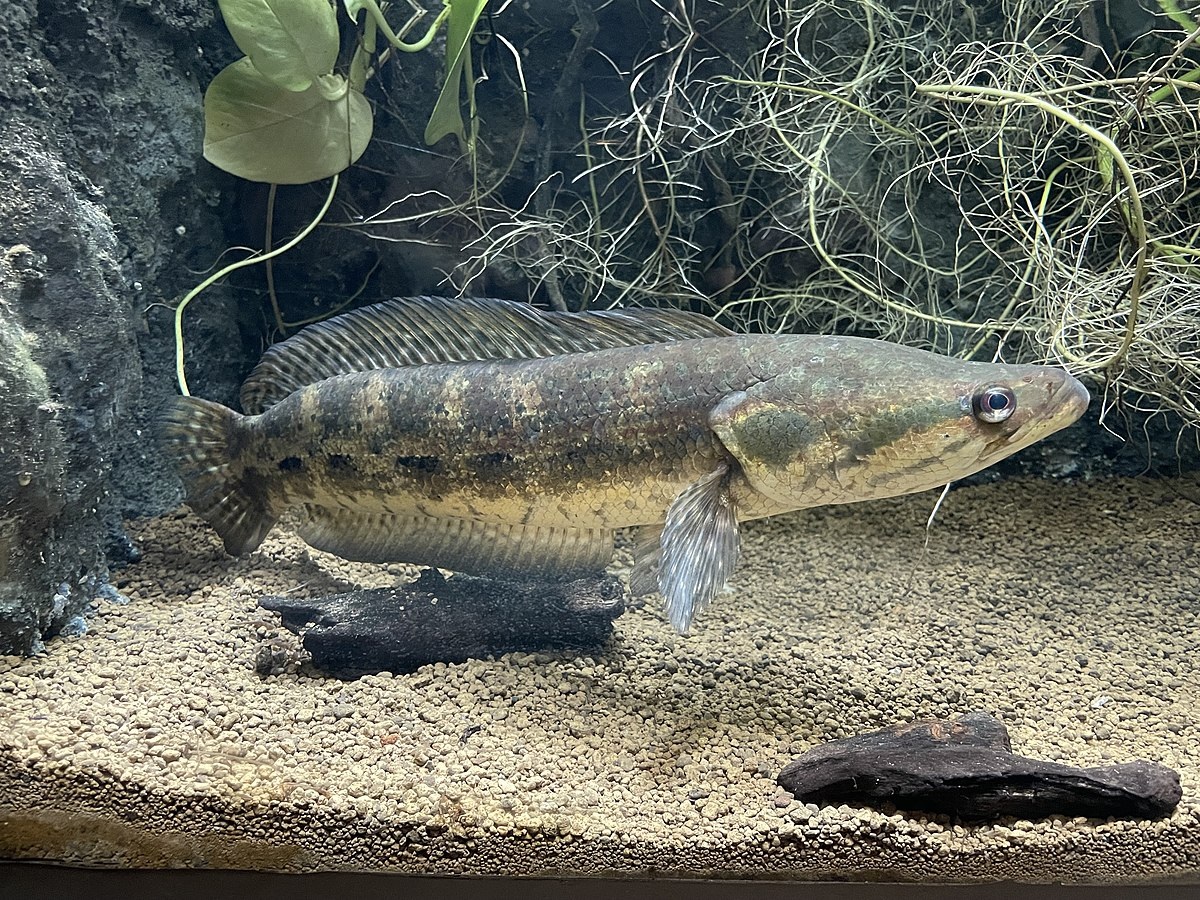
A giant fish is kept in an artificial tank.
The thick snakehead fish is not only valuable in the food industry but also a species of ornamental snakehead fish that is collected and loved by many people. To be able to raise fish to grow well, be healthy, and live long, please refer to the instructions below.
Select fish breed
First, you need to choose healthy fish with no signs of disease. You can choose from reputable farms or even wild-caught fish.
Signs of healthy fish :
- Balanced body, no scratches.
- Agile fish
- Shiny fish scales, clear, flexible eyes.
Prepare a fish tank or pond
The next step is to prepare a tank (for ornamental purposes) or pond (for food). For the fish to adapt well and grow quickly, the tank or pond area must meet the following requirements:
Breeding in glass tank :
- Minimum capacity : 200 liters for 1 adult fish.
- Size : 120 x 60 x 60 cm or larger.
- Decoration : Plant lots of aquatic plants, driftwood, and rock caves to create shelter for fish.
- Oxygen pump : Although fish can breathe on their own, if possible, you should install a pump with moderate capacity to create a better environment.
- Filter system : Use top overflow filter or external filter
Raising in ponds and small ditches :
- Area : Depending on your ability, as long as there is a reasonable density of 1 - 2 animals/m²
- Water depth : 1 - 1.5 meters.
- Aquatic plants : In the pond, some natural aquatic plants should be planted so that the fish have places to hide.
Ideal water parameters
The next important factor you need to pay attention to is the appropriate water parameters for raising dense fish, which need to fluctuate within the following value ranges:
- Temperature : 24 - 30 degrees C
- pH : 6.0 - 7.5
- Hardness : Low to medium.
- Dissolved oxygen : Over 3 mg/l
Diet for thick fish
Catfish are predatory and carnivorous fish so you can feed them the following:
- In the natural environment : Small fish, shrimp, prawns, insects,...
- In artificial captivity : Fish meat, chopped shrimp, earthworms, live bait fish, or practice feeding fish with sinking pellets for carnivorous fish with high protein content.
Diet :
- Fish under 15 cm : Feed 2 times /day .
- Adult fish over 15 cm : Feed once a day or every other day when the weather turns cold.
- Feeding : Just enough to feed the fish in 5 - 10 minutes to avoid excess.
Health care for thick snakehead fish
To help fish grow healthily and have the least amount of disease, you also need to observe the fish every day to detect any unusual signs and handle them promptly.
Abnormal signs :
- Fish are lethargic and stop eating.
- Fish scratches, fungus, tiny white spots appear.
Common diseases:
- Mushrooms : Need to bathe fish with 2% diluted salt water for about 7 - 10 minutes.
- Parasites : Use potassium permanganate or specialized medicine to treat the water environment.
Periodic water treatment
To maintain stable water quality, you need to check and change the water periodically, specifically as follows:
- Artificial tank : Change 20 - 30% of water every week.
- Pond : Check water quality regularly, add water when water is low.
Note when raising thick fish
Here are some important notes when raising snakehead fish, please pay attention!
- Fish can jump out of the side so cover the tank or fence the pond.
- Do not keep with small fish because they will be eaten by large fish.
- Should only be kept with large, strong fish such as elephant ear fish, red parrot fish,...
Price of Channa lucius fish updated 2025
Currently, giant freshwater fish are sold on the market for many different purposes such as food, breeding or ornamental purposes, so their prices also fluctuate at many different levels. You can refer to some of the following prices:
- Catfish for food : 120,000 - 200,000 VND/kg, depending on size, origin: farmed or wild fish.
- Thick snakehead fish for breeding, size 1 - 2 fingers : 1,500 - 2,000 VND/fish
- Ornamental snakehead fish, size 6 - 8 cm : 200,000 - 300,000 VND/fish, depending on the color and pattern on the fish.
Note when buying thick snakehead fish:
- Prices vary by region and time.
- Ornamental fish will cost more than food fish because they will have a more beautiful appearance and are more carefully selected.
Beautiful fish pictures
Right here, you can admire the entire collection of beautiful and impressive images of Channa lucius fish with wild and unique appearance, carefully selected.
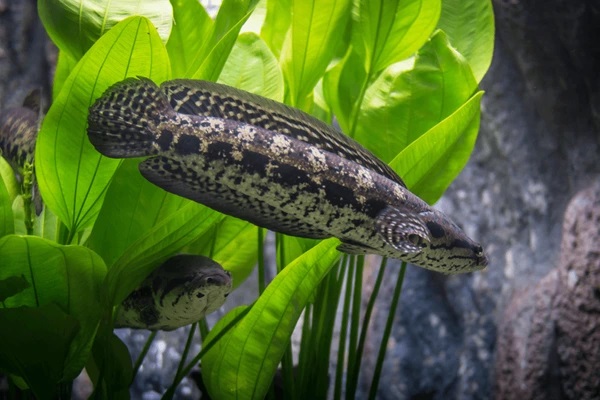
Thick fish are swimming among the aquatic plants.
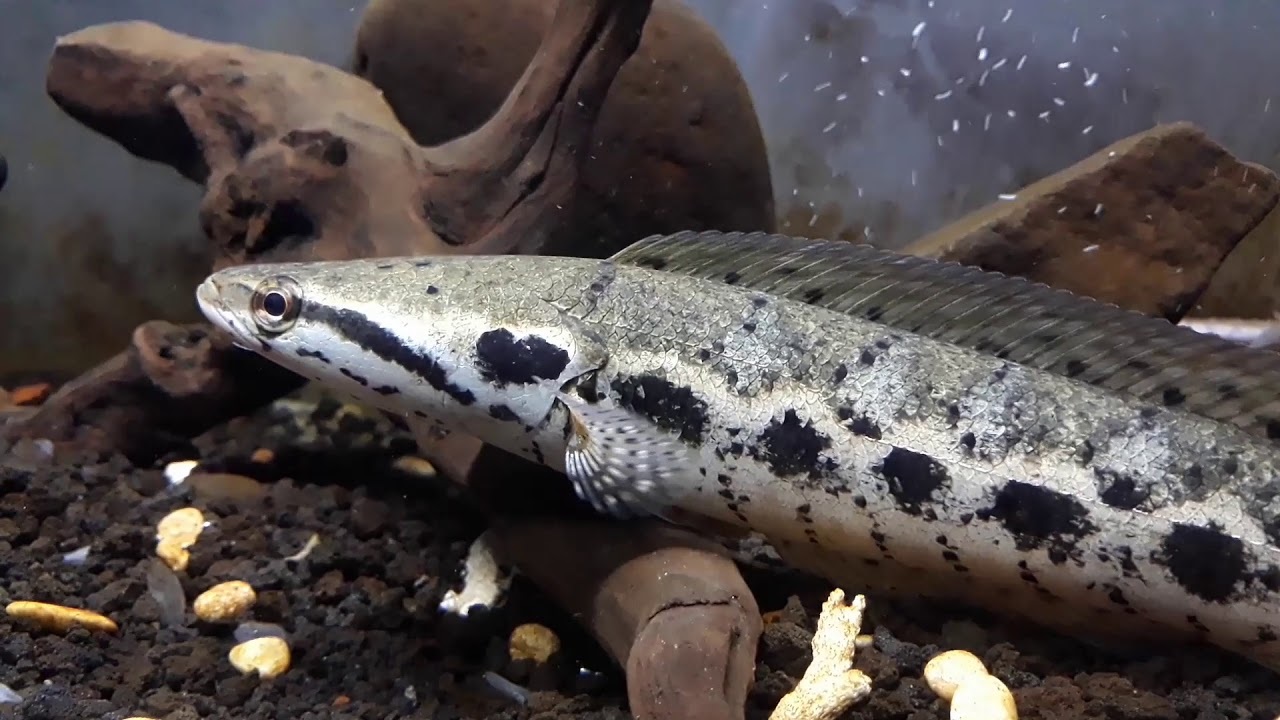
Close-up of the unique pattern of the thick snakehead fish.
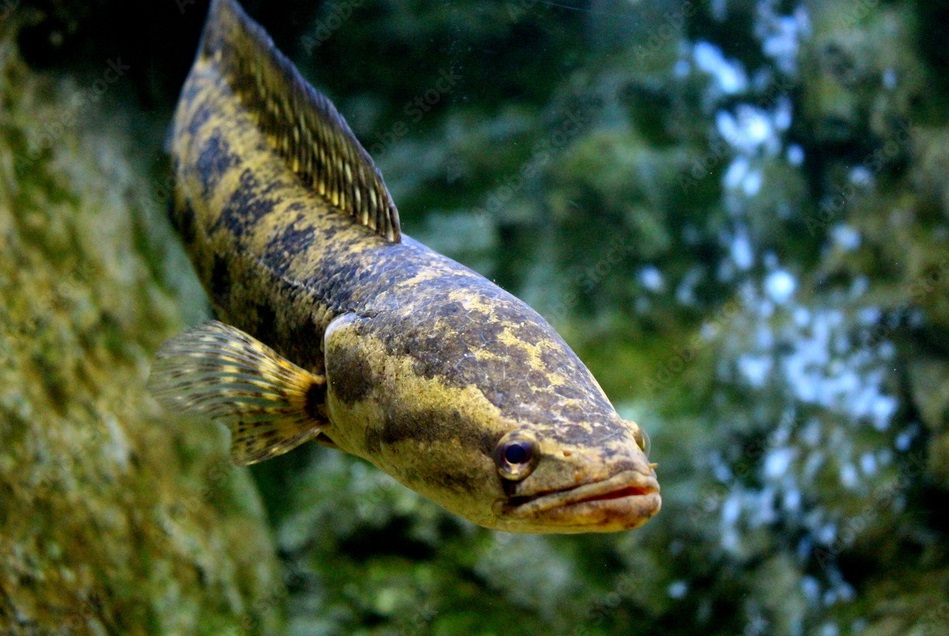
The wild, individual look of a thick fish.
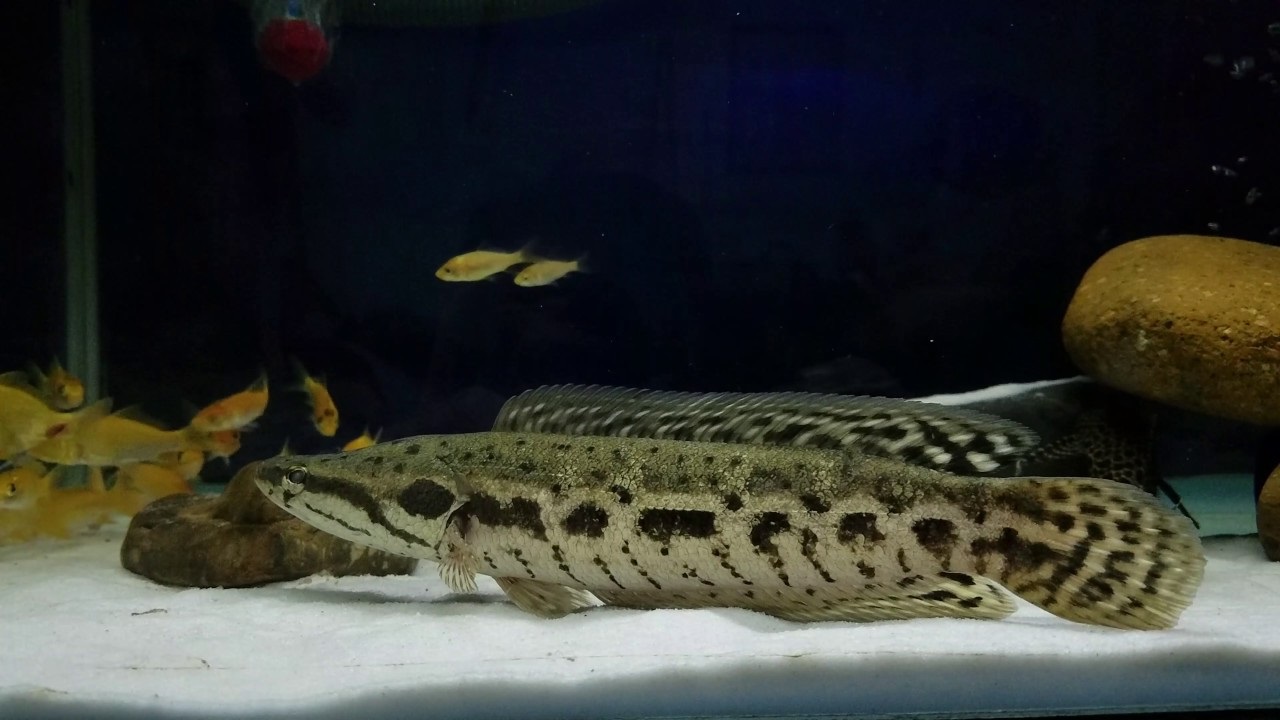
A thick snakehead fish is showing off its impressive appearance in the aquarium.
Thus, through the article that snakehead.info shared above, you have grasped all the information about the giant catfish . This is not only a beautiful ornamental fish but also has potential in the seafood industry. They have good adaptability, are easy to raise, easy to care for, and bring stable economic value.
If you want to learn more about other ornamental snakehead fish species, visit our Blog section now so you don't miss any interesting articles!
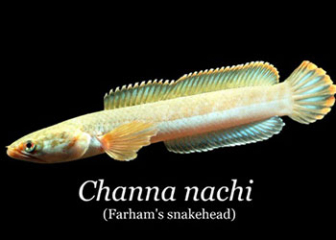
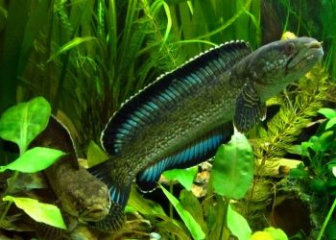

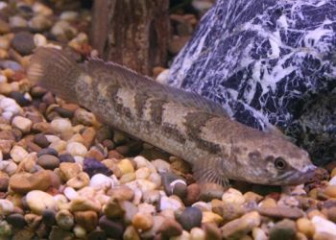
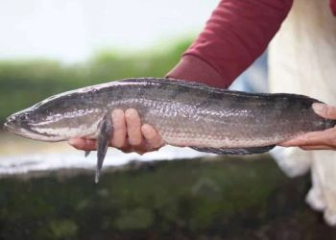
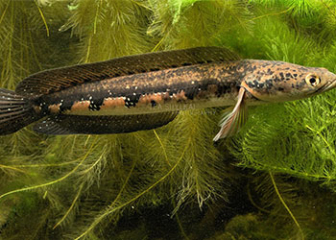


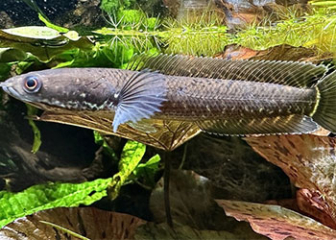
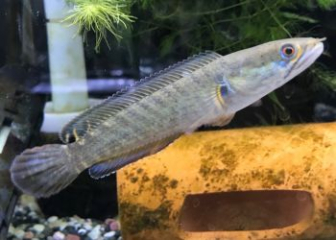
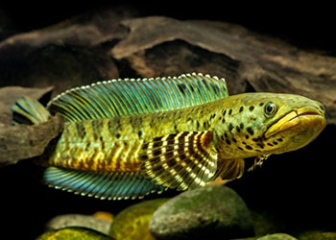
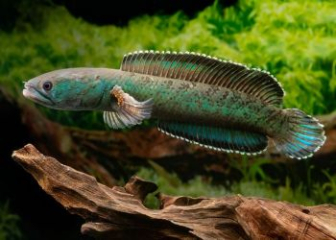

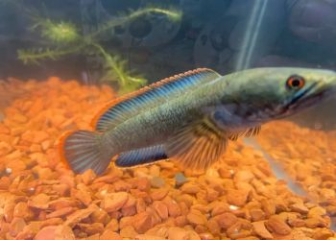
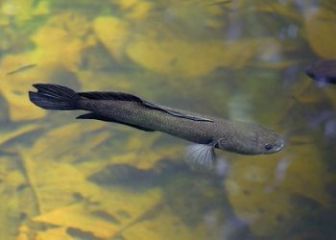
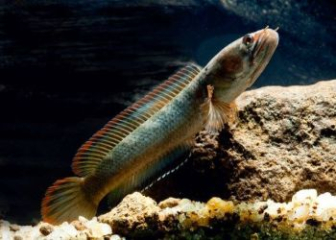
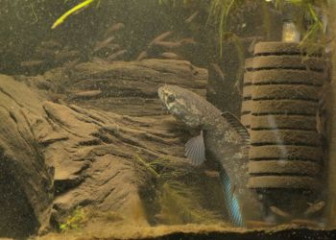
_350x250.jpg)
